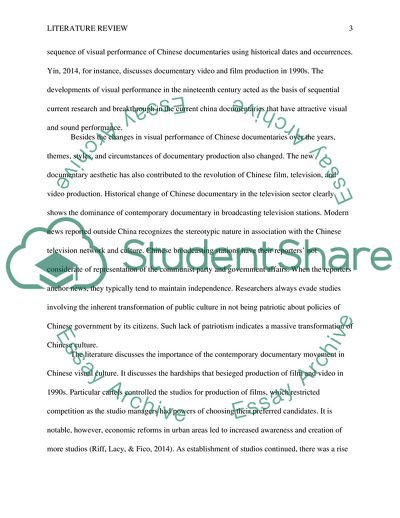Cite this document
(History of Chinese Documentary and Contemporary Television Literature review, n.d.)
History of Chinese Documentary and Contemporary Television Literature review. https://studentshare.org/visual-arts-film-studies/1838819-the-literature-review-about-the-history-of-chinese-documentary-and-contemporary-televison-documentary-movement
History of Chinese Documentary and Contemporary Television Literature review. https://studentshare.org/visual-arts-film-studies/1838819-the-literature-review-about-the-history-of-chinese-documentary-and-contemporary-televison-documentary-movement
(History of Chinese Documentary and Contemporary Television Literature Review)
History of Chinese Documentary and Contemporary Television Literature Review. https://studentshare.org/visual-arts-film-studies/1838819-the-literature-review-about-the-history-of-chinese-documentary-and-contemporary-televison-documentary-movement.
History of Chinese Documentary and Contemporary Television Literature Review. https://studentshare.org/visual-arts-film-studies/1838819-the-literature-review-about-the-history-of-chinese-documentary-and-contemporary-televison-documentary-movement.
“History of Chinese Documentary and Contemporary Television Literature Review”. https://studentshare.org/visual-arts-film-studies/1838819-the-literature-review-about-the-history-of-chinese-documentary-and-contemporary-televison-documentary-movement.


